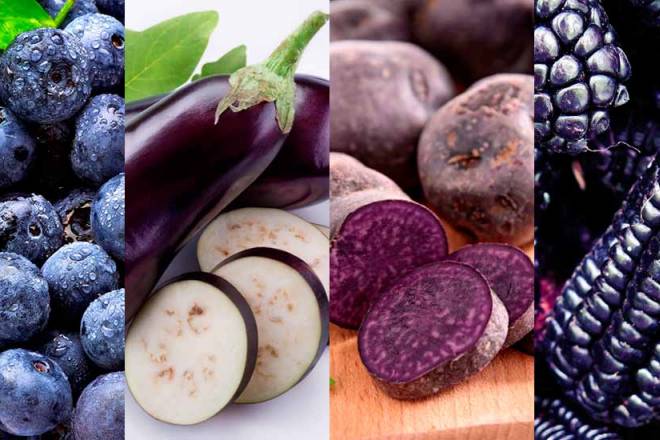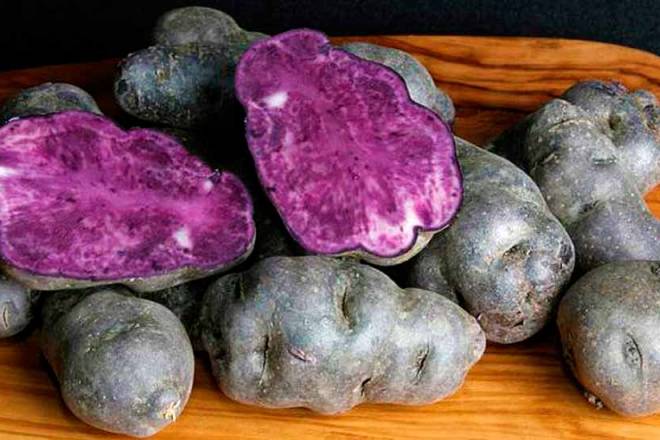Purple foods from Peru that the whole planet loves
Purple is Sweet & Healthy
Definitely it is not easy to list several purple foods, nor is it the first color that comes to mind when we think of natural ingredients. However, as the international consultancy Mintel predicted in 2012, the consumption of purple foods and beverages has become a global trend. And although in that year it seemed utopian because - let’s be honest - when we think of food we can think of other colors, today it is the fashionable tone in the diet.
Peruvian foods that are a global trend:
It is known throughout the planet that Peru is one of the main food pantries in the world, an authentic agricultural paradise where you can find supplies of all colors, flavors and aromas. In the Global New Products Database of Mintel, we find two innovative purple products that have recently been launched around the world based on Peruvian foods.
The other product is the Morinaga Koeda Purple Sweet Potato Chocolate Sticks, from Japan. It is about chocolate sticks, flavored with purple sweet potato powder, also native to Peru and which is considered one of the oldest foods for man. Its main properties include its content of vitamins A, C and B6, potassium and dietary fiber; In addition, its consumption helps control diabetes, improves liver function and reduces oxidative stress. However, these are not the only Peruvian foods of this tonality that have conquered the world: the native potatoes of purple pulp – natural and healthy legacy of the pre-Columbian civilizations- have reached other continents thanks to their incredible flavor, but also to the particular color that adorns them.
It should be noted that our country is considered the main producer of potatoes in Latin America, producing more than 4.5 million tons, spread along a planted area of 318 530 hectares and with an average yield of 14.5 tons per hectare. (data from Minagri 2016).
Another Peruvian food of this color that has triumphed abroad is purple corn, a variety of corn whose cultivation dates from pre-Hispanic times. This input is the base of icons of Peruvian cuisine, such as mazamorra and chicha morada. However, due to its nutraceutical properties, this product has crossed borders, and even the oceans, and today is one of the most requested in the USA. And Europe. Thanks to the increase of consumption in these places its cultivation has exceeded 5, 000 hectares in our country.
Part of the increase of purple foods is in the interest of current consumers for products that appeal more to the sensory. In the report “World Trends in Food and Beverages” (2016) of Mintel, was identified as a key trend to ‘Eat With Your Eyes’ (Eat with your eyes). According to this trend, although flavor has been the focus of innovation for a long time, today’s society is focused on image and action, and therefore demands products that capture more the senses.
Thus, brands have begun to experiment with vibrant colors (such as purple), attractive aromas, as well as innovative forms in their packaged products, seeking to make them more desirable and praiseworthy.
Parallel to the aspect of sensory perception, there is also the interest on the part of consumers to have on the market products that conserve the natural, in accordance with the Clean eating, preference to consume whole, natural, unprocessed foods. Here, at this point, naturally purple foods show a potential; and a fortiori, considering the fact that the manufacturers of products of this color have been linking the tonalities of food with health. Additionally, it should be noted that, according to the Global New Products Database (GNPD), developed by Mintel, there has been a 126% increase in purple food and beverage products launched worldwide between 2012 and 2018.


